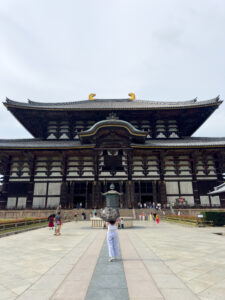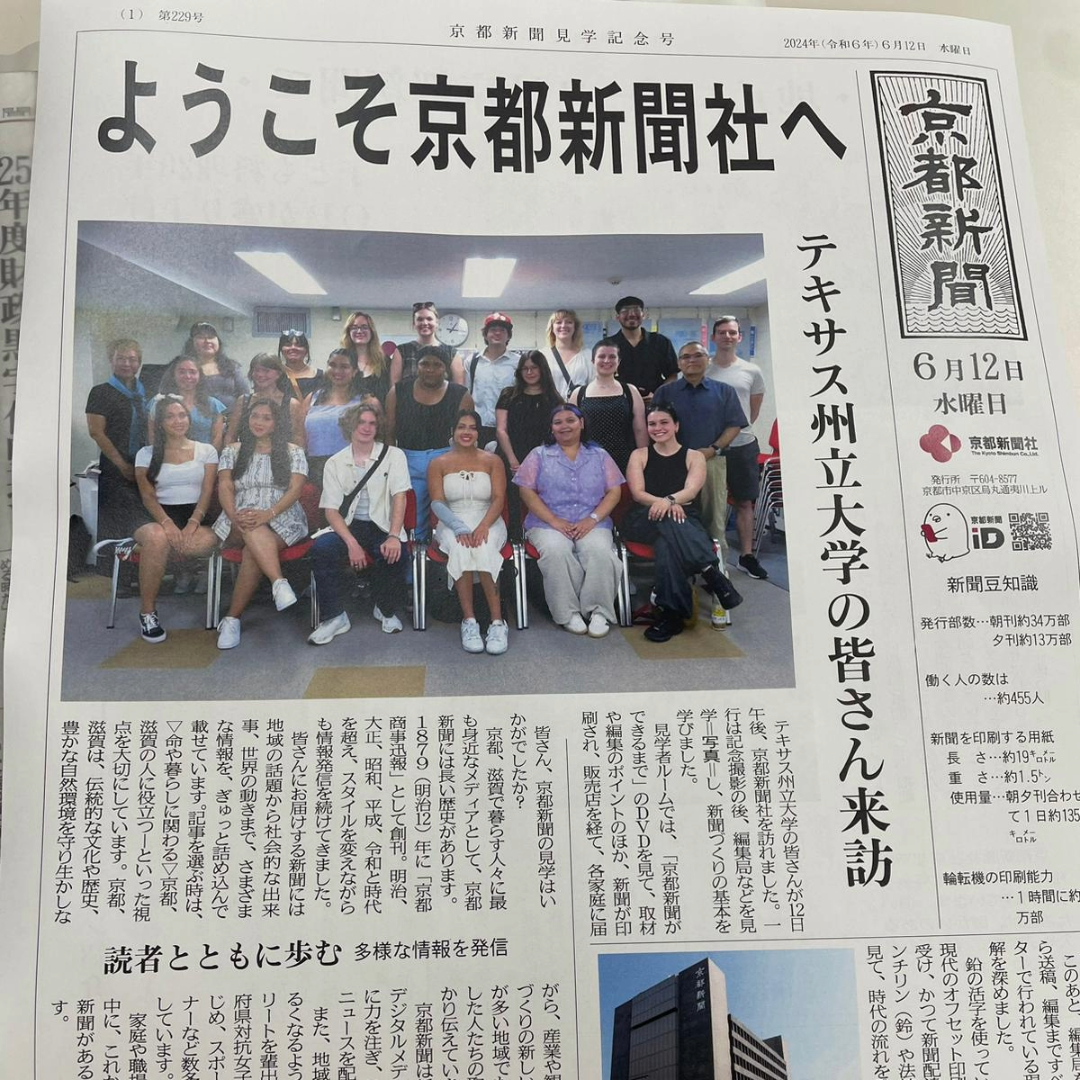
After a relaxing morning spent enjoying the luxury of sleeping in, SJMC Japan students met in the lobby of the hotel, feeling rested and ready for the adventures ahead. Today’s agenda included an exciting visit to the 145-year-old Kyoto Shimbun.
Following the tour, students made the most of their free time and explored Kyoto’s beautiful and culturally rich city at their own pace. Students were in for a life-changing experience, with beautiful cafes and busy markets awaiting.
As the visit to the Kyoto Shimbun approached, excitement and curiosity filled the air. The chance to tour one of Japan’s oldest newspaper companies promised to broaden the students’ understanding of traditional journalism.
Visiting a well-known newspaper like Kyoto Shimbun stirred many emotions within the group. Many were thrilled to see the inner workings of a major news organization, while others were eager to learn about the history and cultural significance of the paper.
For those studying journalism and communication, this visit was particularly relevant, as it promised insights into the practical aspects of news production and editorial writing.
The group had a range of expectations and hopes for the visit. Some looked forward to seeing the busy newsroom environment, imagining rows of desks where journalists were hard at work.
Others were eager to learn about the technical side of newspaper production, including printing and distribution.
“I can’t wait to see how the newspaper operates in Japan,” mass communication junior Kaitlyn Maurer said.
Some students looked forward to meeting experienced journalists and editors, anticipating that their stories and experiences would offer valuable advice. The students were aware the visit would be informational, but it broadened their perspective into the world of Japanese journalism.
Upon our arrival, we were greeted by the knowledgeable guide, Midori Dei, who explained how the whole company operated. We learned that they work 24-hour days, which shocked all of the students.
Digital media innovation senior Colton Winters reflected on his ability to work in such a demanding environment.
“I don’t think I would be able to do that,” he said.
This really puts Japan’s newspaper workflow into perspective. The students had a behind-the-scenes glimpse into each department’s role in creating and delivering the paper to consumers’ homes.
The group explored the editorial department, where reporters work in specialized sections like local news, government, sports and culture. They learned that Kyoto is home to one professional soccer team, Kyoto Sanga FC, and reporters assigned to cover the team travel with them.
Dei explained the process from start to finish, which starts with a 10- to 15-person meeting at 4:30 p.m. to finalize the content for the morning edition and 11 a.m. for the evening edition.
The newsroom’s design and winding layout added a sense of adventure to the tour. Each corner seemed to hold a new discovery about the intricate news production process.
The staff engaged with the students throughout the visit, offering valuable insights into their work. When asked about her favorite stories, Yuko Hayashiya, a culture and arts reporter for the Shimbun for over 30 years, mentioned covering art exhibitions and the region’s deep history.
Her interests in reporting also included the challenge of avoiding misinformation, a crucial aspect of maintaining the paper’s credibility. Not making mistakes “is top of mind,” she said through Sebastian, a translator provided by Asia Institute.
One of the most thought-provoking moments came from a discussion about the value of print news.
“If you only view your news online, it can be limited to what you search for,” Hayashiya said. “With print, you learn about things you didn’t know you were interested in.”
As the visit concluded, Dei presented the group with a unique gift: a mock-up of a newspaper front page featuring a group photo of SJMC Japan students taken at the beginning of the tour, including a brief news story about our visit to the Kyoto Shimbun. This memento captured the enriching experience and the newspaper’s dedication to preserving moments in time.
After the visit to Kyoto Shimbun, the students were released to explore the city. Many students visited the vibrant Nishiki Market, often called “Kyoto’s Kitchen.” Stepping into the market, the lively atmosphere immediately surrounds you.
The air was filled with a sea of aromas including grilled seafood, fresh produce and fragrant spices. The narrow alleyways buzzed with activity as locals and tourists navigated through the maze of stalls, each with colorful displays of their offerings.
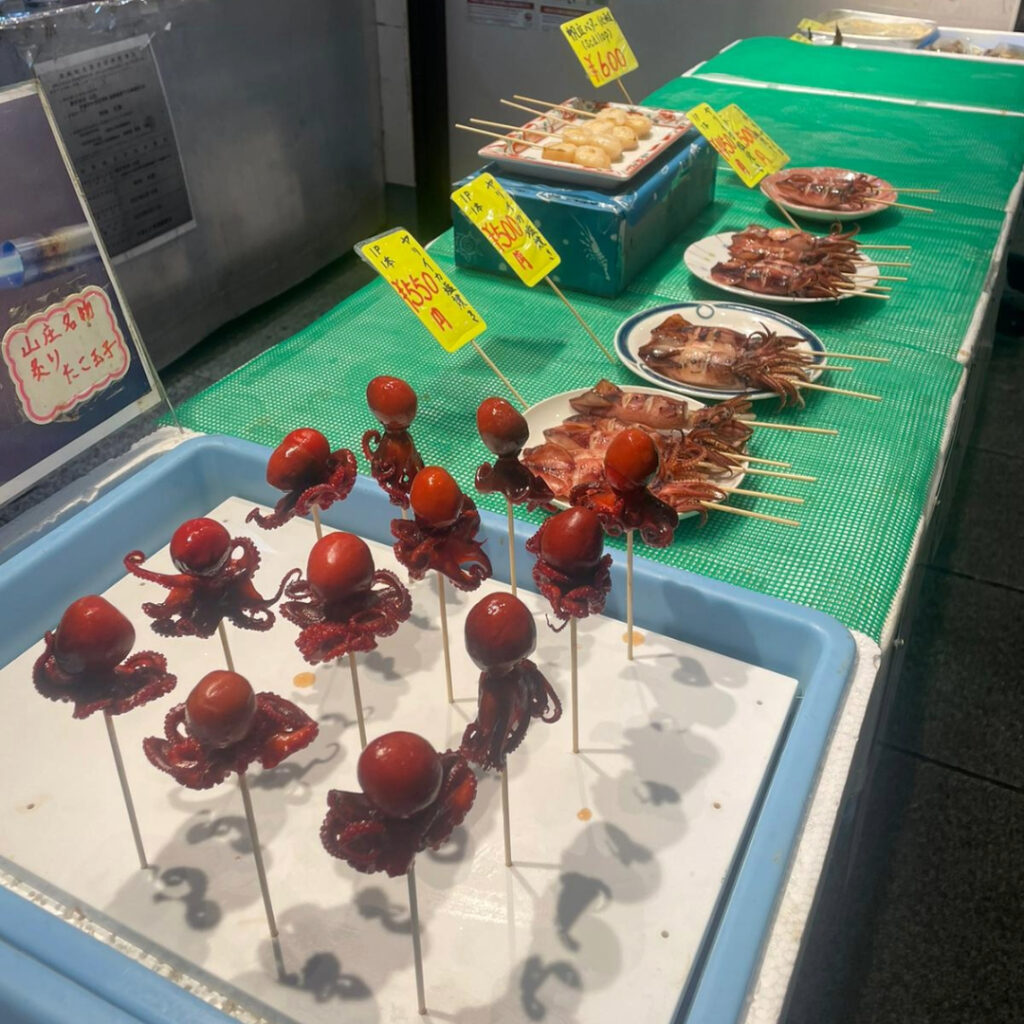
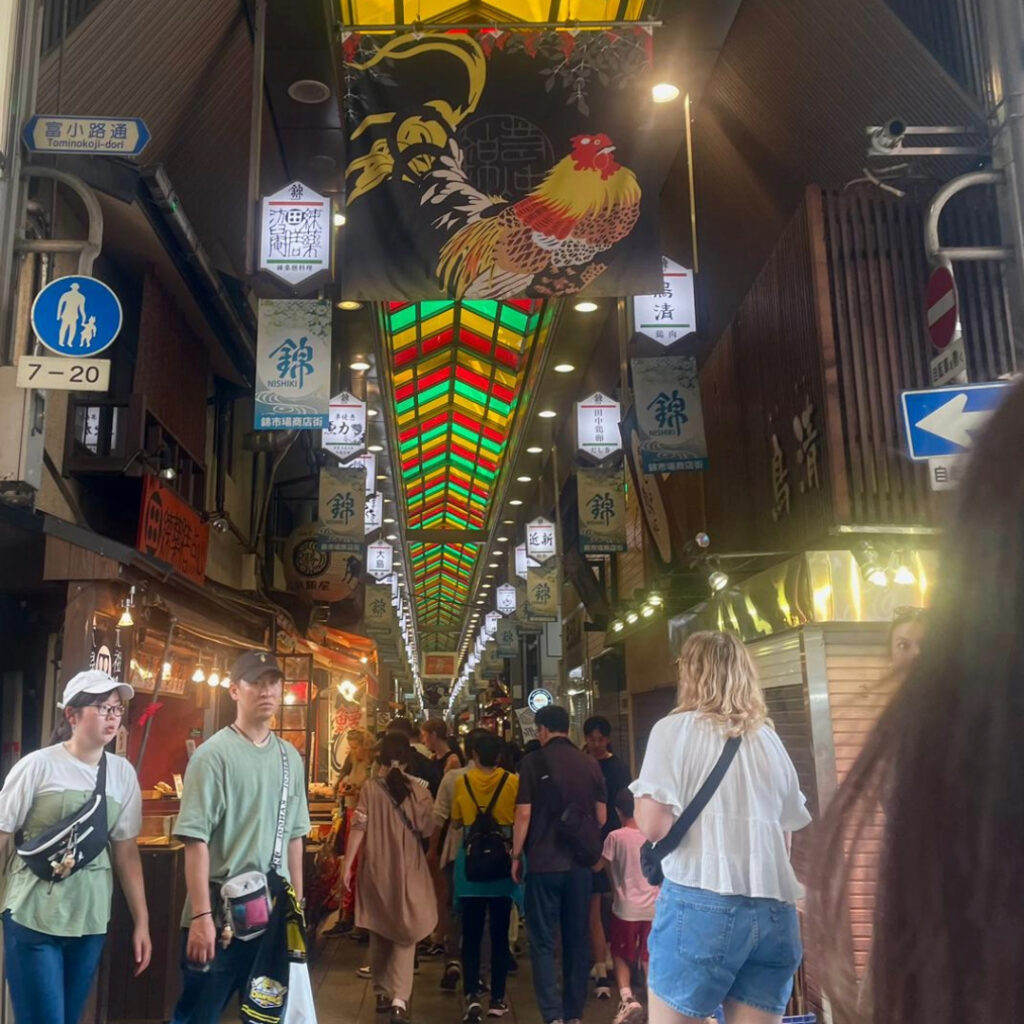
Every corner of Nishiki Market offered a new experience. Some began their journey with some traditional Japanese snacks. The freshly made mochi was a delight with its soft, chewy texture.
Others sampled yuba, or tofu skin, a local specialty known for its delicate flavor and smooth consistency.
“Our tofu is made from locally sourced soybeans,” a local vendor said.
While food is the star of Nishiki Market, there was much more to explore. Traditional kitchenware shops offered beautifully crafted knives and utensils, perfect for anyone looking to bring a piece of Japanese culinary art back home.
Other students spent their free time exploring more niche destinations including Micasadeco & Cafe. Some students caught up with their classmates about their visit to the cafe, leaving many with a feeling of FOMO. Located in the Shijo-Kawaramachi area, this cozy cafe quickly became their favorite and offered a memorable brunch experience.
Classmates described stepping into the cafe and discovering a hidden gem. The warm and welcoming atmosphere made them feel right at home. The cafe’s design mixes modern and traditional styles with large windows, letting in plenty of natural light. The simple decor, with wooden furniture and green plants, created a stylish and comfortable space.
“I love the vibe here,” electronic media senior Kaylie Kurk said. “It’s the perfect place to relax and enjoy a good meal.”
According to the students, the menu at Micasadeco & Cafe was expansive and offered a variety of delicious brunch options. The cafe is famous for its ricotta cheese pancakes, which they described as light, fluffy and melt-in-your-mouth good. These pancakes, often called a must-try, come with fresh cream and maple syrup.
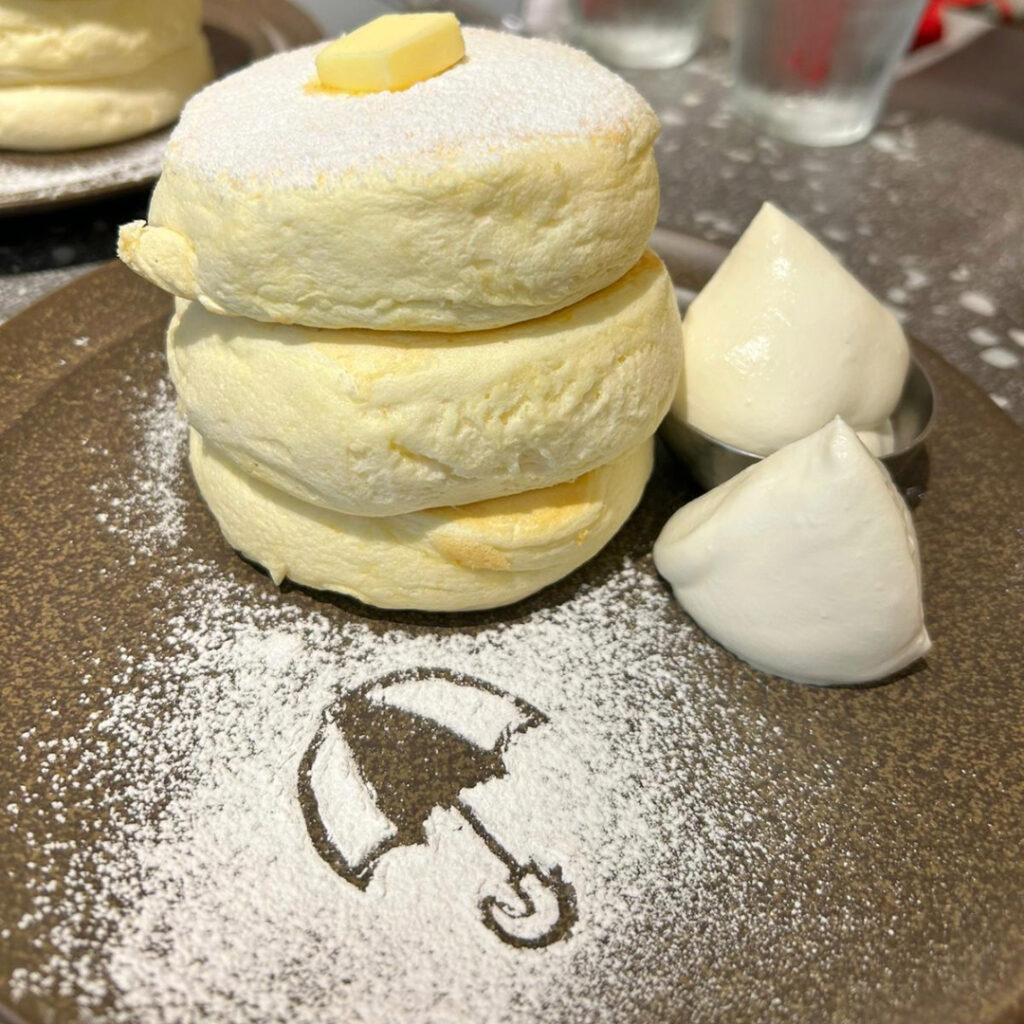
Advertising senior Abigail Tuttle shared the sentiment.
“The ricotta cheese pancakes are amazing,” she said. “They are the best pancakes I’ve ever had — so soft and tasty.”
Students’ free time in Kyoto was an eclectic mix of educational excursions and time to explore on their own. Students ended the day with a deeper appreciation for Japanese culture and journalism.
With the last day in Kyoto approaching, SJMC Japan students are preparing for their departure and can hardly believe the program is nearing an end.
But before the end, students look forward to their last full day in Kyoto with visits to the Imperial Palace, Nijo Castle and a farewell dinner.





